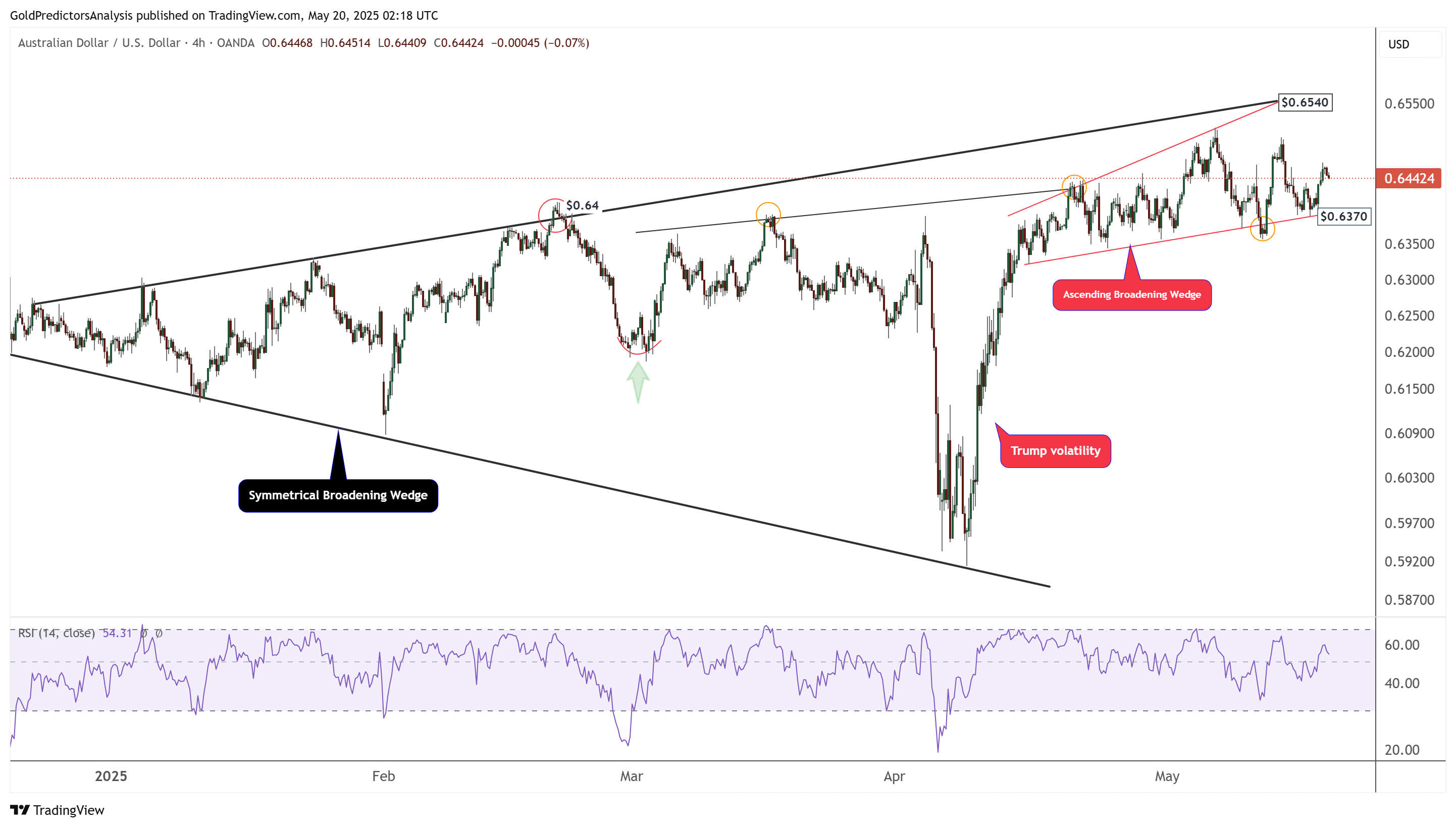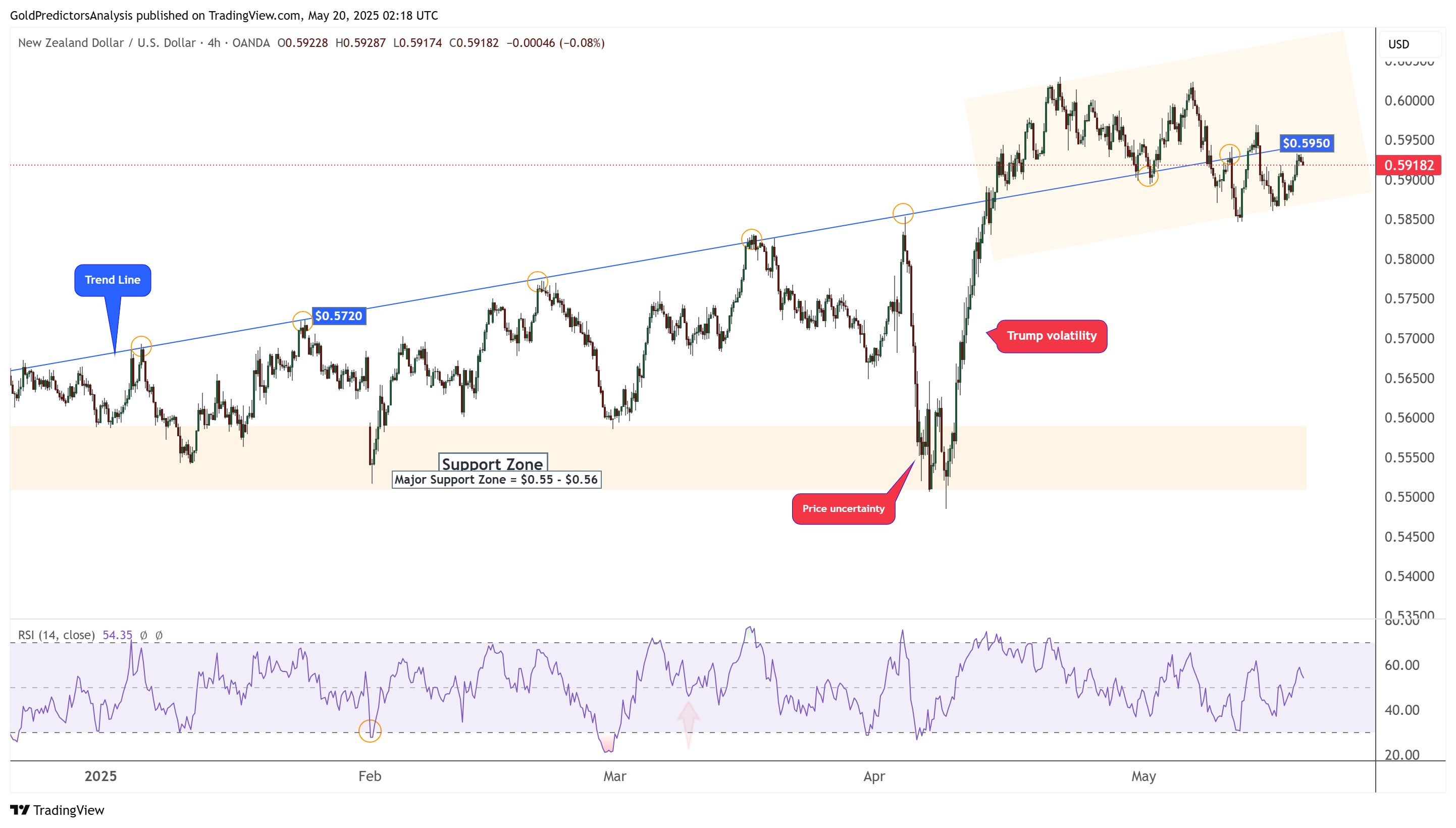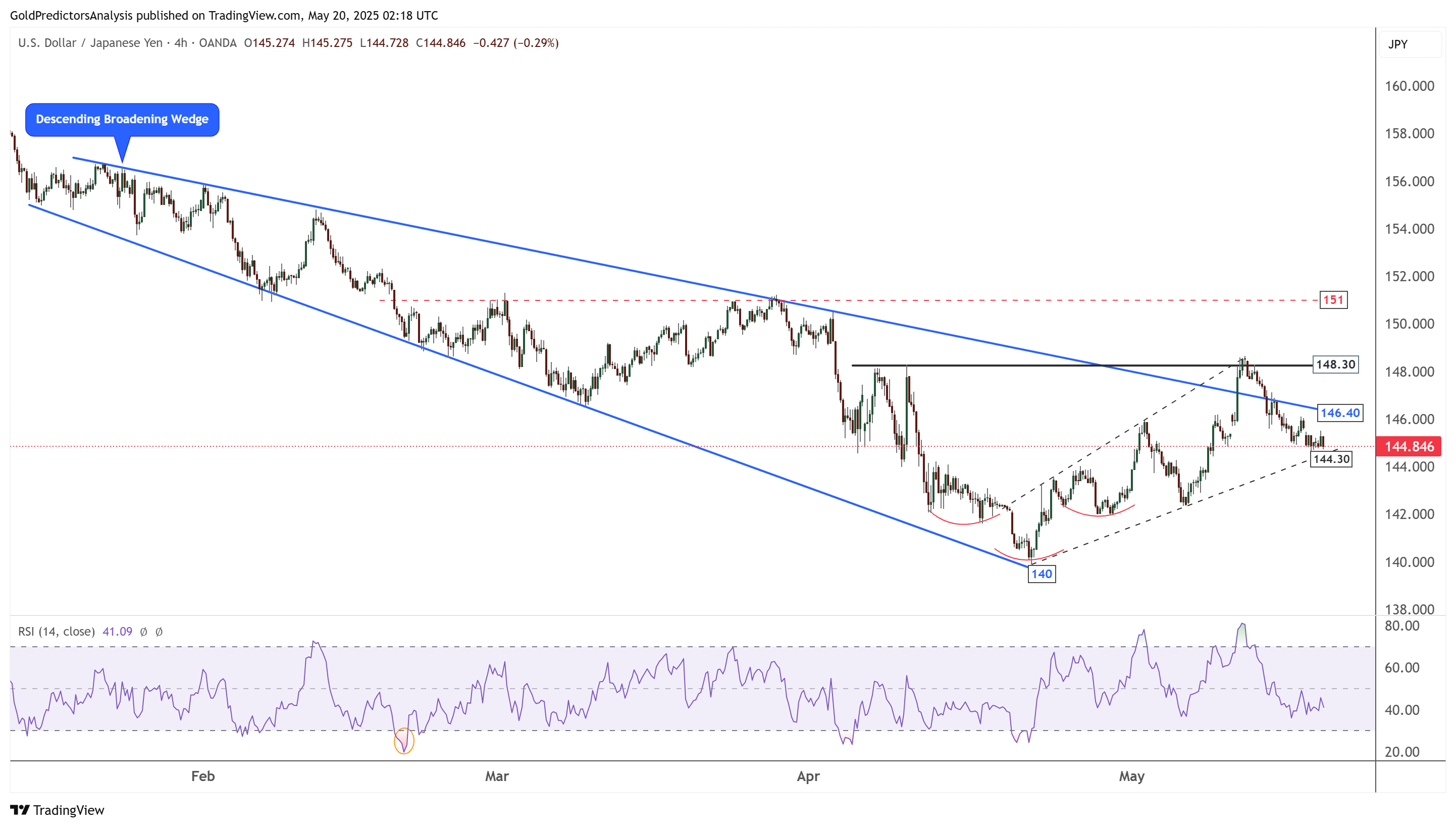The Australian Dollar (AUD) experienced a decline against the US Dollar (USD) on Tuesday, following a 0.50% gain in the previous session. This pullback was triggered by the People’s Bank of China cutting its Loan Prime Rates (LPR), with the one-year LPR reduced from 3.10% to 3.00% and the five-year LPR from 3.60% to 3.50%.
Given Australia’s significant trade exposure to China, this monetary easing signals weaker export demand, pressuring the AUD.
Domestic political developments in Australia added to the AUD’s challenges. The National Party’s withdrawal from its coalition with the Liberal Party has fractured the opposition, while the Labor Party’s broader mandate introduces short-term uncertainty, typically unfavorable for currency stability.
Meanwhile, despite strong April employment data showing an 89,000 jobs increase, market sentiment anticipates a 25 basis point rate cut by the Reserve Bank of Australia (RBA), further weighing on the AUD.
The US Dollar’s weakness underpinned gains in AUD/USD and NZD/USD while capping USD/JPY advances. Moody’s recent downgrade of the US credit rating from Aaa to Aa1 highlights concerns over rising federal debt, projected to reach 134% of GDP by 2035, and a widening budget deficit of 9%.
These fiscal pressures, combined with easing inflation evidenced by recent CPI and PPI data and disappointing retail sales, have increased expectations for Federal Reserve rate cuts in 2025, undermining the USD.
However, the AUD’s upside is limited by ongoing US-China trade tensions. Tariff threats and expanded export restrictions on Chinese chipmakers contribute to market caution. China’s April retail sales rose 5.1% year-over-year, below expectations, and industrial production growth slowed to 6.1%, dampening risk appetite.
USD/JPY remains subdued despite higher US yields, constrained by the softer USD and geopolitical uncertainties related to US sanctions on China.
AUD/USD: Trading within an ascending broadening wedge on the 4-hour chart, the pair faces strong resistance near 0.6540, with a current range between 0.6370 and 0.6540. A decisive breakout will determine the next trend direction.

NZD/USD: The pair shows bullish momentum consolidating near the 0.5950 level, supported by a rebound from long-term support between 0.55 and 0.56, suggesting potential continuation of upward movement.

USD/JPY: The 4-hour chart reveals a descending broadening wedge with resistance at 148.30. Failure to break this level keeps the pair in a bearish trend, with a potential target at 151 if breached. However, ongoing USD weakness limits upside.

In summary, the US Dollar’s softness amid fiscal concerns and easing inflation supports commodity-linked currencies like the AUD and NZD, although geopolitical risks and central bank policies continue to inject volatility into the forex markets.
Learn more:


